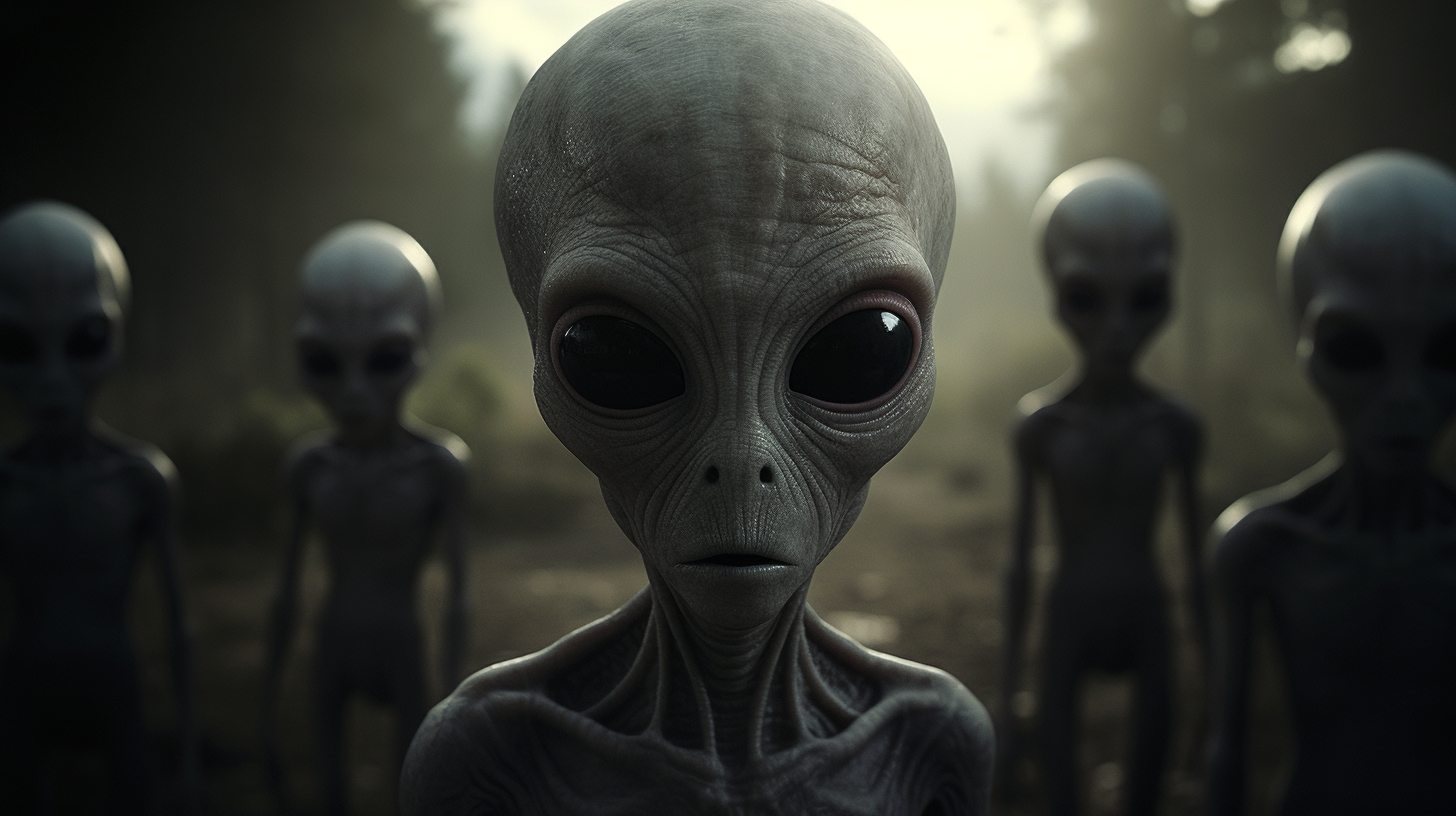Pushing the boundaries of what we consider possible, moments in the realm of science and exploration challenge our perceptions of the natural world. A pivotal juncture arose in June 2019 when researchers at the University of Rochester unveiled a groundbreaking insight into a minute sap-sucking insect, the P 1/3. Typically wingless, these insects sporadically developed wings when seeking new plants for habitation. What astonished the scientists was the revelation that the genes triggering this winged metamorphosis were linked to a virus. Furthermore, this virus had seamlessly amalgamated into the insect’s genetic framework, effectively becoming an intrinsic component of its host organism.
The inquiry then emerged: could viruses transcend mere infectious agents and instead play a significant role in the complex web of life on Earth and possibly beyond? As we delve into this captivating subject, we will delve into the correlation between viruses, evolutionary processes, and the compelling prospect of extraterrestrial intervention.
Viruses occupy a peculiar niche on the spectrum of life, straddling the boundary between living and nonliving entities. Their ability to replicate and enact crucial functions only within a host cell renders them wholly reliant on other life forms. In isolation, viruses lay dormant, anticipating an opportunity to activate and proliferate within a suitable host. This distinct characteristic prompts intriguing reflections on their function in the broader context of existence.

Contemplate the prospect of extraterrestrial influence on human biology. Might extraterrestrial beings be manipulating our genetic composition? Initially seeming far-fetched, this concept gains credence when considering advocates of the ancient astronaut theory, proposing that extraterrestrial entities could be orchestrating a gradual evolutionary shift in our species, not for our benefit but to advance their own agenda.
By drawing parallels to the discoveries regarding aphids and wasps, a theory suggests a symbiotic association between humanity and these extraterrestrial beings. Just as the virus induces winged development in aphids to aid its propagation, could these extraterrestrials be altering human DNA to further their objectives? This intriguing notion implies a reciprocal advantage in this genetic interchange.
An additional fascinating perspective posits a fusion of human and alien genetic material to craft an enhanced hybrid. Envisioning humanity as a canvas upon which extraterrestrial creators are sculpting something beyond comprehension, this theory hints at an ongoing experiment initiated eons ago, shaping our species into a new entity, possibly viewed as superior by our extraterrestrial overseers.
However, what about the role of viruses in this cosmic genetic symphony? If viruses indeed form an integral part of Earth’s evolutionary process, could they also influence the evolution of life elsewhere in the universe? Suppose we unearth that viruses are prevalent throughout the cosmos. In that case, this revelation could signify a universal link between viruses and the evolution of life, establishing a connection with every potential life form in the universe.
This prompts a more captivating question: is the narrative of disease on our planet not solely a human odyssey but also an extraterrestrial chronicle? Firmly believing so, ancient astronaut theorists propose that the so-called “alien infections” woven into our history are not intended for our eradication but rather to prepare us for an imminent encounter with our extraterrestrial kin.
In this riveting scenario, these infections function as inoculations, subtly molding and preparing humanity for the momentous occasion when we confront our extraterrestrial counterparts. A notion that challenges our comprehension of human history and the potential interplay between terrestrial and extraterrestrial influences.
Video:
As we ponder these enigmatic connections between viruses, genetic evolution, and potential extraterrestrial involvement, we venture into a realm of speculation and awe. The enigmas of the universe are vast, and with each exploration, we may unearth deeper links between life on Earth and the expansive cosmos. The pursuit of unraveling our position in the universe continues, inching us closer to uncovering the mysteries that define our existence.
